1. Nelson Mandela
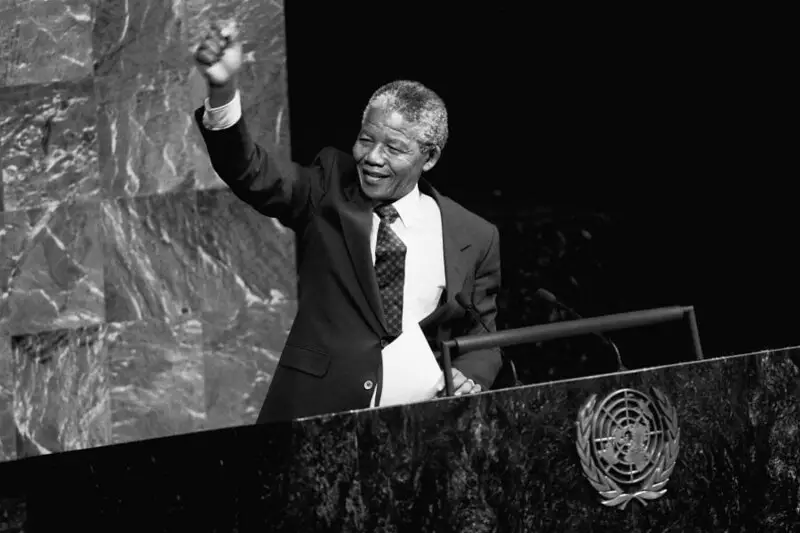
Before he became South Africa’s first Black president, Nelson Mandela spent 27 years in prison for his anti-apartheid activism. He was arrested in 1962 and sentenced to life in prison in 1964 for sabotage and conspiracy against the government. While imprisoned on Robben Island, he became a global symbol of resistance, with international campaigns calling for his release. Instead of being broken by his sentence, Mandela used his time to refine his vision for a democratic South Africa shares Times Now.
When he was finally released in 1990, the world watched as he emerged with a message of reconciliation instead of revenge. Just four years later, he was elected president in South Africa’s first fully democratic elections. His ability to forgive and work with former enemies cemented his legacy as one of the most respected leaders in history. Mandela proved that even decades in a cell couldn’t silence a truly powerful voice adds Britannica.
2. Mahatma Gandhi
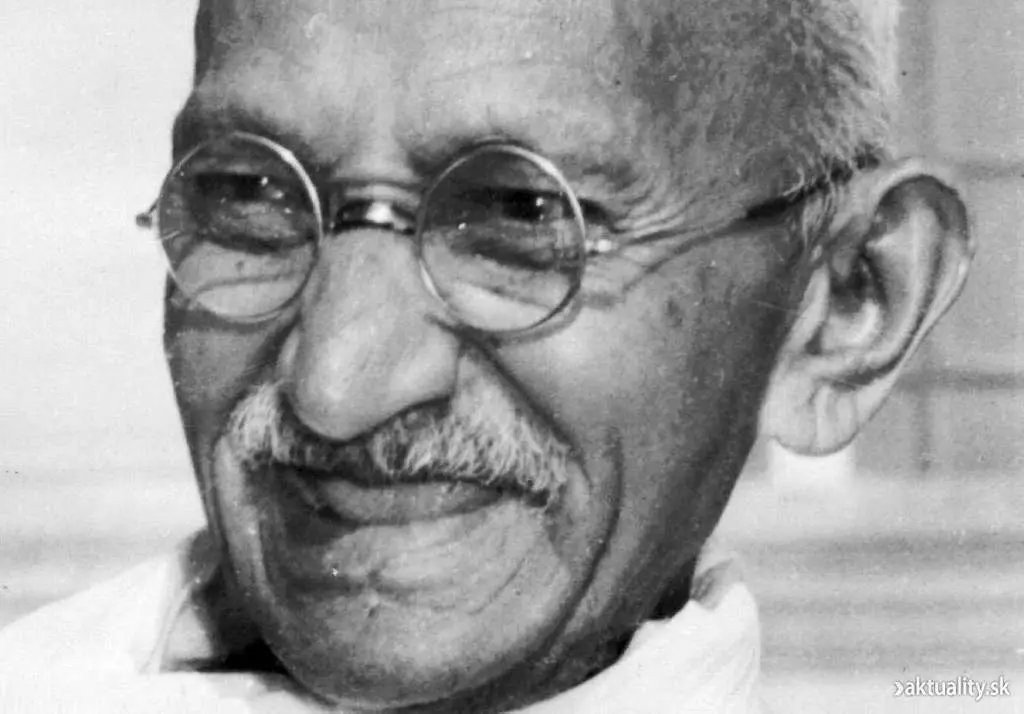
Mahatma Gandhi spent multiple stints in prison, but none diminished his influence in the fight for India’s independence. The British authorities arrested him numerous times for leading nonviolent protests, with his longest sentence lasting two years. Rather than weakening his movement, imprisonment only amplified his message. His time behind bars became another tool in his strategy, reinforcing his image as a peaceful resistor willing to suffer for his cause says the Hindu.
Each time he was released, his popularity grew, inspiring millions to continue the fight for independence. By the time India finally broke free from British rule in 1947, Gandhi was seen as the nation’s moral leader. His philosophy of nonviolence would go on to inspire other freedom movements across the world. Even though he never held an official government position, his influence far outlasted his time in prison shares the Economic Times.
3. Napoleon Bonaparte
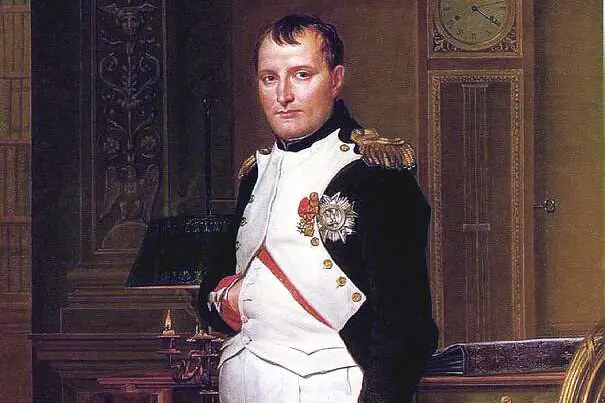
Napoleon Bonaparte wasn’t a stranger to exile and imprisonment, but his first downfall in 1814 didn’t last long. After his defeat, he was exiled to the island of Elba, a small Mediterranean island where he was allowed to rule in a limited capacity. Instead of accepting his fate, he planned his comeback, escaping in 1815 and marching back to France with an army that grew with every step. The French people welcomed him back, and he reclaimed his position as emperor in what became known as the Hundred Days.
His resurgence was short-lived, as he was defeated again at the Battle of Waterloo later that year. This time, the British ensured he wouldn’t return by exiling him to the remote island of Saint Helena, where he spent the rest of his life. Still, his influence on European politics and military strategy remained powerful. Even today, his legacy as a military genius and leader remains larger than life.
4. Winston Churchill
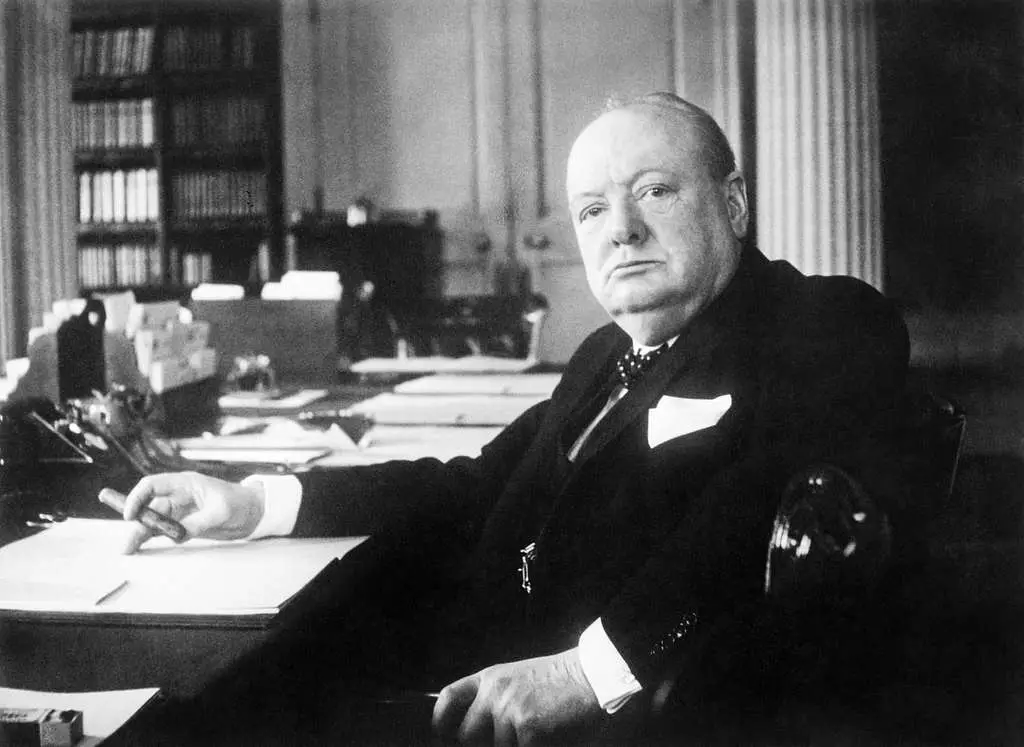
While Winston Churchill is best remembered as Britain’s steadfast leader during World War II, his early career wasn’t without setbacks. In 1899, as a young war correspondent during the Second Boer War, he was captured by enemy forces and imprisoned in South Africa. It could have been the end of his ambitions, but instead, he made a daring escape, traveling nearly 300 miles to safety. The incident turned him into a national hero and helped launch his political career.
Later, Churchill faced political exile when he was sidelined in the 1930s for his warnings about Nazi Germany. Yet, when Britain needed a leader in 1940, he was called upon to lead the nation through its darkest hour. His unshakable resolve and stirring speeches turned him into one of the most admired figures of the 20th century. Without his early imprisonment and setbacks, he might never have become the leader who inspired a nation to stand against tyranny.
5. Jawaharlal Nehru
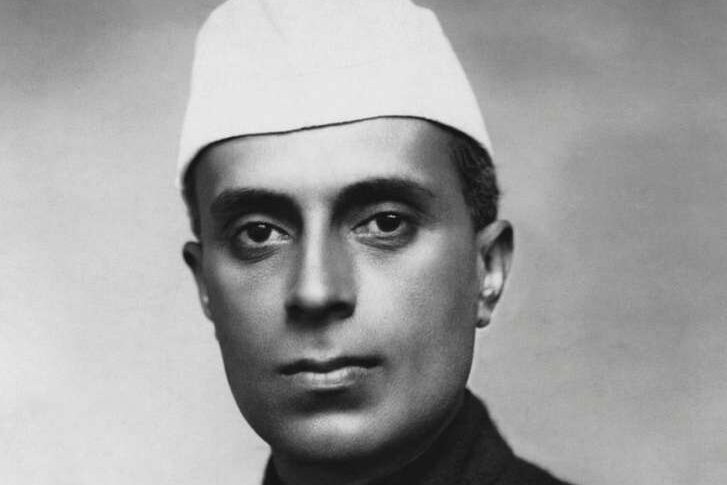
As one of India’s most influential leaders, Jawaharlal Nehru spent a significant portion of his life in British prisons. Arrested multiple times for his involvement in the Indian independence movement, he spent nearly nine years in prison in total. Far from silencing him, imprisonment gave him time to refine his political vision and write letters that later became influential works. His famous book, The Discovery of India, was largely written while he was behind bars.
When India finally gained independence in 1947, Nehru became the country’s first prime minister. He played a crucial role in shaping modern India, emphasizing democracy, secularism, and scientific advancement. His leadership laid the foundation for India’s future as the world’s largest democracy. Had he not endured those years in prison, his influence on India’s history might not have been as profound.
6. Fidel Castro
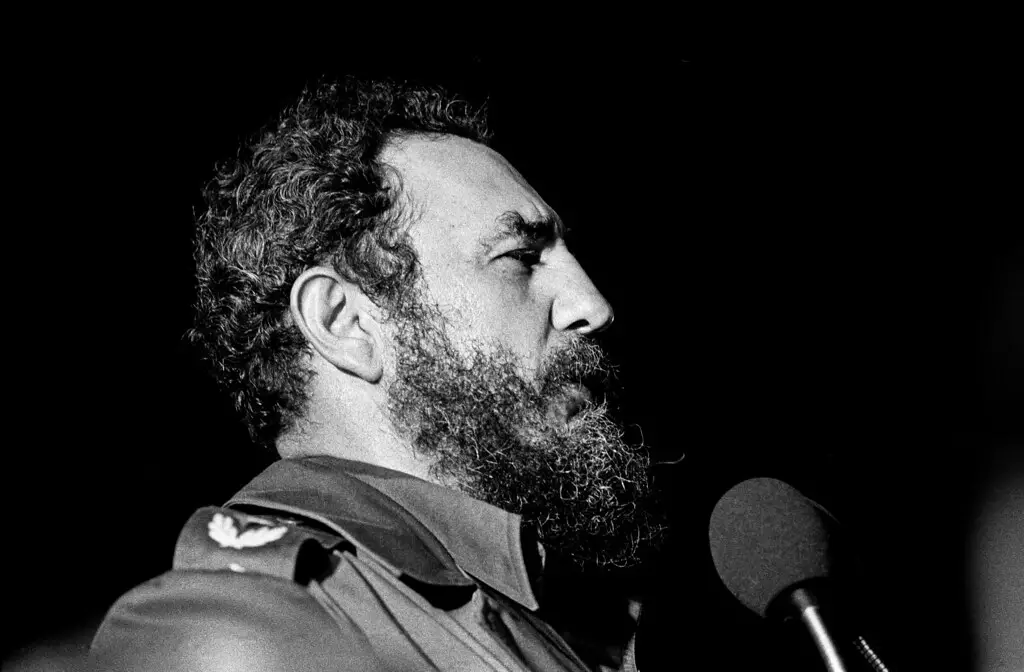
Fidel Castro’s road to power in Cuba was filled with obstacles, including imprisonment. In 1953, after leading a failed attack on the Moncada Barracks against dictator Fulgencio Batista, Castro was captured and sentenced to 15 years in prison. Instead of fading into obscurity, he used his trial to give his famous “History Will Absolve Me” speech, turning himself into a revolutionary icon. He was released after less than two years due to political pressure, and he immediately went into exile to plan his next move.
By 1959, Castro had successfully overthrown Batista and taken control of Cuba. He ruled for nearly 50 years, transforming the country into a communist state and defying U.S. influence in the region. Love him or hate him, there’s no denying that his short time in prison helped solidify his revolutionary image. His imprisonment became just another chapter in his path to power.
7. Theodore Roosevelt
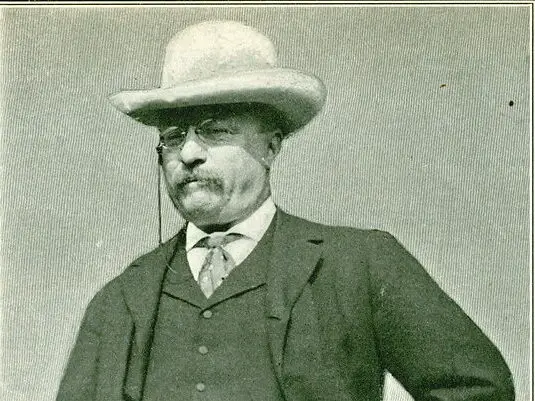
Before he became president, Theodore Roosevelt faced an unexpected form of imprisonment—political exile. After serving as vice president, he assumed the presidency in 1901 and later won re-election. But after stepping down in 1909, he found himself at odds with the Republican establishment. When he tried to return to power in 1912 by running as a third-party candidate, he was politically shut out and essentially sidelined.
Although he lost the 1912 election, his legacy only grew stronger with time. His progressive policies on conservation, trust-busting, and foreign diplomacy continued to shape America long after he left office. Even when politically trapped, he remained one of the most influential figures in American history. Roosevelt’s larger-than-life persona ensured that he was never truly out of the game.
8. Benito Mussolini
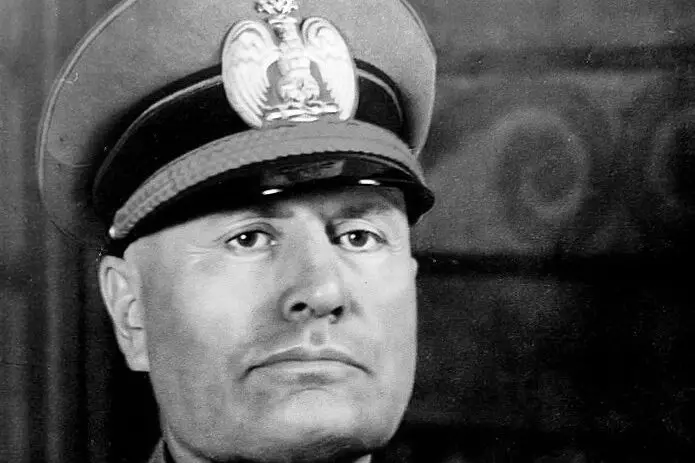
Before becoming Italy’s infamous dictator, Benito Mussolini was arrested multiple times for his socialist activism. As a young journalist and political agitator, he frequently clashed with authorities and was imprisoned for his radical views. But instead of discouraging him, these experiences toughened his resolve and increased his public profile. Over time, his ideology shifted from socialism to fascism, leading to his rise to power.
By 1922, Mussolini had positioned himself as Italy’s leader, using propaganda and political maneuvering to solidify his rule. His early arrests had given him a reputation as a fighter, which he exploited to build his fascist movement. Though his reign ended in disaster during World War II, his path to power was paved by his ability to turn imprisonment into political capital. His story serves as a cautionary tale of how adversity can sometimes fuel dangerous ambition.
9. Joseph Stalin
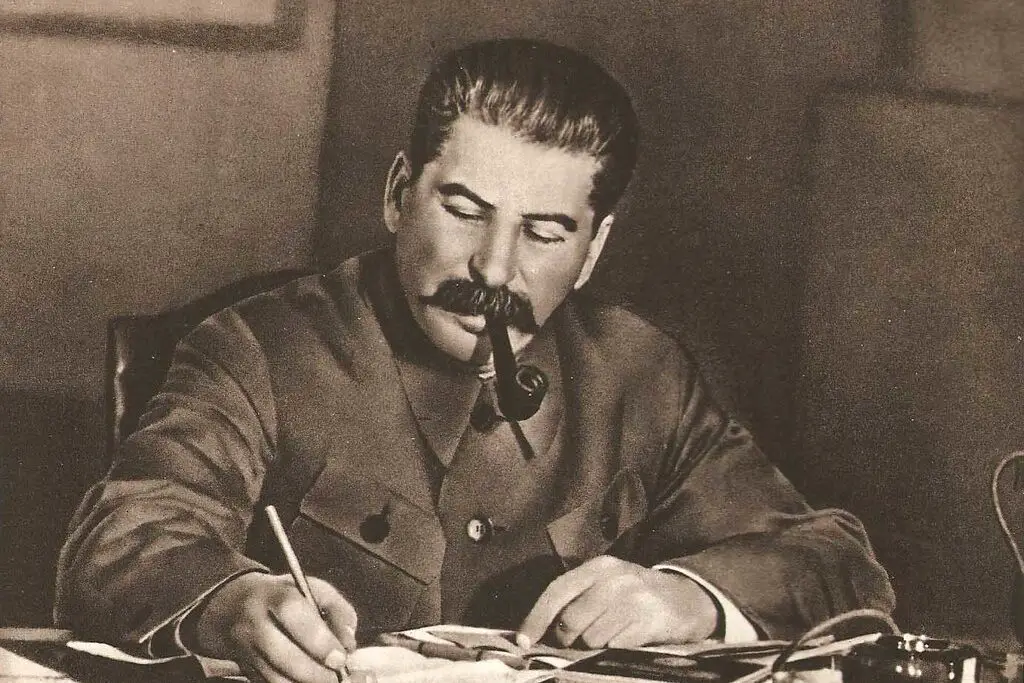
Joseph Stalin’s rise to power in the Soviet Union wasn’t without obstacles. Early in his revolutionary career, he was arrested multiple times by the Russian authorities for his involvement in Marxist activities. He was imprisoned and exiled to Siberia on multiple occasions, but each time, he managed to escape or return stronger. His resilience and ability to survive these hardships helped him climb the ranks within the Bolshevik movement.
By the time he became the undisputed leader of the Soviet Union in the 1920s, he had built a reputation as a ruthless survivor. His past imprisonments only added to his mystique, making him appear unbreakable in the eyes of his followers. Under his rule, he transformed the Soviet Union into a global superpower, though at an immense human cost. His ability to endure hardship made him one of the most formidable figures of the 20th century.
10. Ho Chi Minh
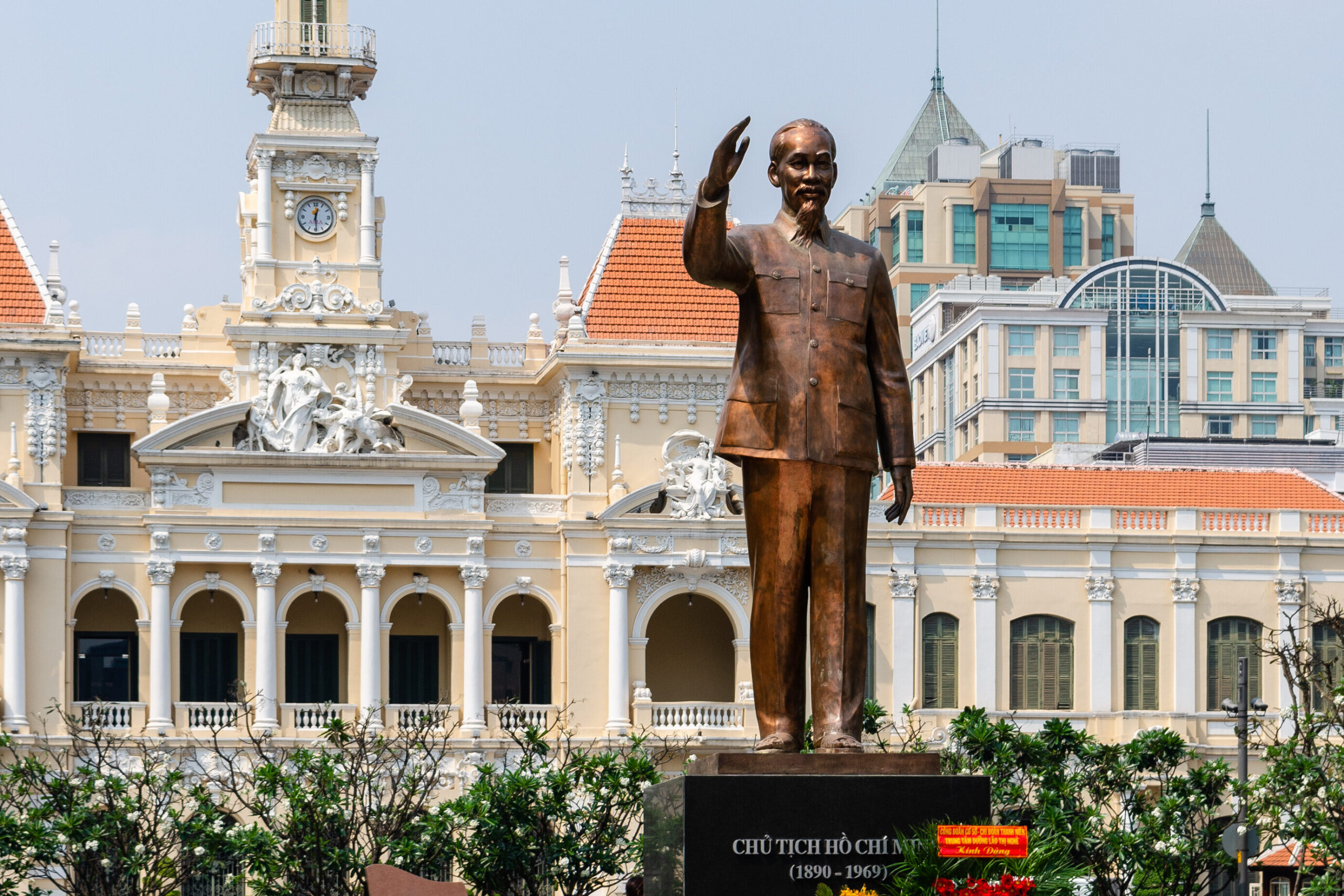
Ho Chi Minh, the leader of Vietnam’s independence movement, spent time in prison during his long fight against colonial rule. In 1942, while traveling in China to gain support for Vietnamese independence, he was arrested by the Chinese Nationalist government. He spent more than a year in prison, enduring harsh conditions and constant transfers between facilities. Despite this, he used his time to write poetry and reflect on his vision for an independent Vietnam.
After his release, he continued leading the struggle against French colonial rule, ultimately defeating them in 1954. He later played a key role in the Vietnam War, leading North Vietnam in its fight against the United States and South Vietnam. His time in prison had only strengthened his resolve, and he remained an influential leader until his death in 1969. Even today, he is remembered as the father of modern Vietnam.
11. Adolf Hitler
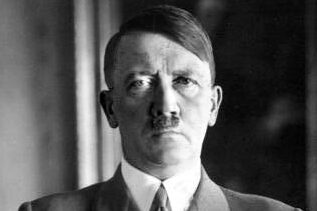
Before becoming the dictator of Nazi Germany, Adolf Hitler was imprisoned in 1923 after his failed coup attempt known as the Beer Hall Putsch. He was sentenced to five years in prison for treason but served only nine months in relatively comfortable conditions. During this time, he wrote Mein Kampf, outlining his extreme nationalist and anti-Semitic views. Instead of fading into obscurity, his imprisonment gave him a platform to spread his ideology.
Upon his release, he restructured the Nazi Party and gradually gained political power through legal means. By 1933, he had become chancellor of Germany and soon consolidated his rule into a totalitarian dictatorship. His ability to turn failure and imprisonment into an opportunity for growth had devastating consequences for the world. His rise remains one of history’s most infamous examples of how prison can sometimes strengthen dangerous movements.
12. John Bunyan
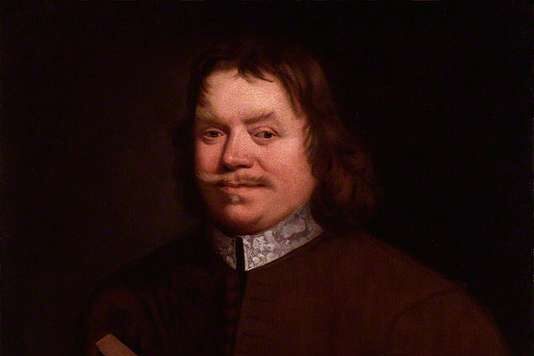
John Bunyan, the English preacher and writer, spent 12 years in prison for his religious beliefs. In the 17th century, he was arrested for preaching without a license, which was illegal under England’s strict religious laws. Instead of renouncing his beliefs, he used his time in prison to write The Pilgrim’s Progress, one of the most famous Christian allegories ever written. The book, published after his release, became a bestseller and remains influential to this day.
His imprisonment only increased his following, as people admired his unwavering faith. After his release, he continued preaching and writing, further solidifying his reputation as a leading religious figure. The Pilgrim’s Progress has been translated into more than 200 languages and is still widely read centuries later. Bunyan’s story is a testament to how confinement can sometimes spark creativity and lasting influence.
13. Aung San Suu Kyi

Aung San Suu Kyi, the Burmese leader and Nobel Peace Prize winner, spent 15 years under house arrest for her pro-democracy activism. After winning a landslide election victory in 1990, Myanmar’s military government refused to recognize the results and placed her under house arrest. Despite being cut off from the outside world, she remained a symbol of resistance and won global support. Her continued defiance made her an icon of nonviolent struggle.
She was finally released in 2010 and later became Myanmar’s de facto leader in 2015. However, her leadership was controversial, especially regarding the treatment of the Rohingya people. In 2021, she was arrested again after a military coup, proving that her fight for democracy was far from over. Even so, her ability to rise to power despite years of confinement remains remarkable.
